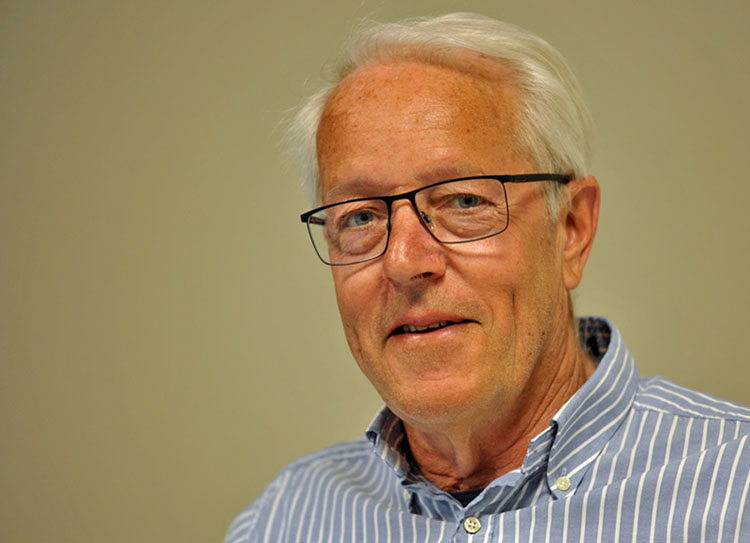Many people are dependent on their pacemaker to live normal lives. It is an ingenious innovation – but did you know that it is a Swedish invention? Mats Artursson, senior consultant at RegSmart, has been deeply involved in the pacemaker development since the 1980s. Up to 700 developers in Sweden, US and India contributed along the way. We asked Mats to share his story, and give us his best advice on developing medical device software.
Mats, what was your role in the development of the Pacemaker/ICD system?
In the mid-80s I was a software developer developing software for a pacemaker programmer using an assembler language. From 1987 I become a functional manager for a small team of developers.
Over time, my team grew to a software department with 100 engineers developing software for Pacemakers, Implantable Cardioverters and Defibrillators (ICD´s) and external programmers. I then was part of the development team until 2011.
Wow, a lot of developers involved! And what was your main role during this process?
As functional manager, I made sure that my personnel had the right competence, the right tools and followed best practice processes and methods in order to develop and maintain highest and safest MDSW for our Pacemaker and ICD systems.
For those of us who do not know – what is medical device software? What is the definition?
Medical device software, MDSW, is defined in the European standard IEC 62304 as a SOFTWARE SYSTEM that has been developed for the purpose of being incorporated into the MEDICAL DEVICE being developed or that is intended for use as a MEDICAL DEVICE in its own right.
And how does it differ from, or complement, a medical device?
Software may be qualified as MDSW regardless of its location – operating in the cloud, on a computer, on a mobile phone, or as an additional functionality on a hardware medical device.
The ease with which a MDSW may be updated, duplicated and distributed should also be considered related to patient safety risk.
What is unique in the development process for medical device software?
It is all about patient safety. Many medical devices with software may be lifesaving or life-sustaining and a software failure could result in death or serious deterioration of a person’s state of health.
Key to achieve patient safe, high quality MDSW are the use of a quality management system, QMS, (ISO 13485) and risk management (ISO 14971) throughout the whole life cycle of the MDSW.
Best practice when developing MDSW is given by the European standard IEC 62304: Medical device software – Software life-cycle processes.
What were the greatest challenges for you and your team?
Well, since all products we developed qualified as medical devices and were classified as class III we had the most rigorous regulatory requirements to fulfill. In order to get market approval for our products, we had to follow a pre-market approval process governed by FDA in the US, and get a CE certification in Europe from a Notified Body.
This meant submitting technical files to FDA and the Notified body to demonstrate that our products were safe and effective. It also meant regular audits by inspectors from FDA and Notified Body. During the audits our adherence to our QMS and standard operating procedures were scrutinized.
The most challenging development effort started 20 years ago when we developed a new and common platform for Pacemakers and ICD´s with a new, next generation programmer. We introduced an agile method, SCRUM, for all development. For the Pacemaker and ICD software we switched to C-language and a commercial off-the-shelf, COTS, compiler. For the programmer we used Unified Modelling Language (UML) to model the software system and switched to Java as programming language. We even selected a free-ware operating system; Linux.
How many people were involved in developing the new platform?
Over a period of four years, over 700 software developers were involved from sites in Sweden, US and India. It was quite a big project.
Yes, we sure agree on that!
Last, but not least – what is your best advice on developing medical device software?
Always remember that patient safety comes first, so adhere to your QMS and your standard operating procedures. Never “cut corners” to meet too optimistic and challenging time schedules. It is so easy to make a “quick fix” by changing your source code and skip time-consuming work with reviews, traceability checks and testing activities. Your small change could result in unforeseen failures elsewhere in the MDSW later causing harm to patients.
Thank you Mats for sharing your story!

